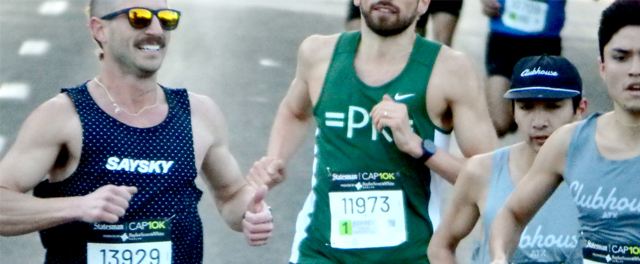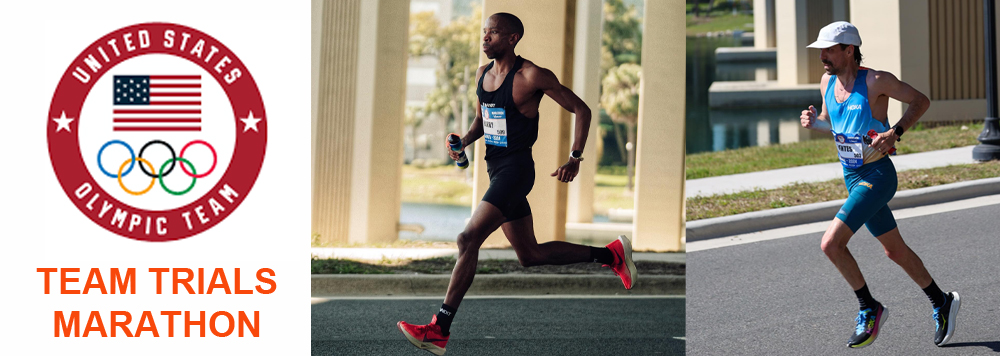With the 47th annual Statesman Capitol 10,000 coming up on April 7th, area runners are turning their focus from half and full marathons to the shorter (but nonetheless demanding!) 10K. There are plenty of ways to train for a 10K, but almost all rely on the three key workouts that make up your running week. Basically speaking, those are: longer run; high intensity run; and recovery runs.
Anyone trying for a time goal in the 10K will want to work up to at least 25-30 miles a week. Within that framework, you’ll include the previously mentioned workouts. Assuming you’re already an established runner, those workouts might look like the following.
Long run: Once a week, run further than the 6.2-miles that make up a 10K. That could be anywhere from 8-12 miles. Typically, you’ll run those at a moderate, conversational pace. For bonus points, run the last half mile at race-pace to make it a “fast-finish” long run.
High intensity run. This workout can be anything from running repeats on the track to tempo runs (around 20 seconds per mile slower than your 10K goal pace) to time trials of up to three miles. The important thing is to get your leg speed and heart rate up and by doing so, increase your VO2 Max (your maximum oxygen uptake). Running a 10K is around 90% aerobic, so training for it is not that different from training for say, a half marathon.
Recovery runs. The rest of the week should be primarily recovery runs of anywhere from two to seven miles, depending on your overall weekly mileage levels. Many runners don’t realize that recovery runs are where you make your gains in training. Without them, runners would simply be fatigued and run at sub-optimal level.
Note: More advanced runners may want to work up to former Austinite and nationally renowned coach Greg McMillan’s “Best 10K Workout.” McMillan states that if you can build up to running three 2-mile repeats at your 10K goal pace (with a five-minute recovery jog in-between each one), than you’re ready to hit your goal in the 10K race. It’s a simple workout, but one you should build up to gradually in blocks. That might mean starting with mile repeats before progressing to 2-mile repeats. McMillan stresses that you should treat this workout like a race and be well rested, recovered and hydrated before attempting it.
Upcoming races: Saturday, March 2, 8:00 a.m., the Negley 5K at Negley Elementary in Kyle. Saturday, March 16 at 8:00 a.m., Time to Paddy 5K/10K and Lucky 13.1 Half Marathon at Sunset Valley (Kohl’s Parking Lot).





